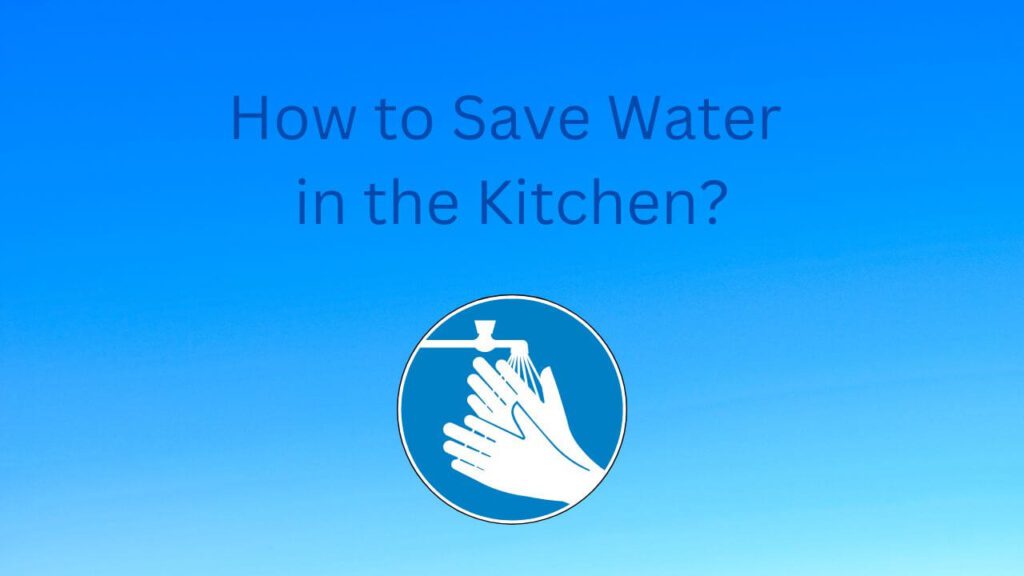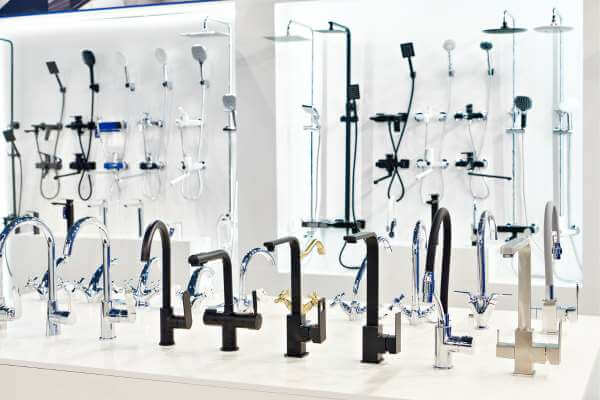Water is a precious resource that we should all work to conserve. One area where we can make a significant impact is in the kitchen, where we use a lot of water for cooking, cleaning, and washing dishes. By choosing water-efficient kitchen faucets and adopting water-saving habits, we can all help conserve water and reduce our utility bills. In this article, we will discuss ways to save water in the kitchen, starting with the faucets.
How to Save Water in the Kitchen?
Choose Water-Efficient Kitchen Faucets
When it comes to saving water in the kitchen, choosing the right faucet can make a big difference. Look for faucets that are labeled as water-efficient or have a high WaterSense rating. WaterSense is a program sponsored by the Environmental Protection Agency (EPA) that helps consumers identify products that meet water efficiency and performance criteria. WaterSense labeled faucets use 30% less water than standard faucets, without sacrificing performance or functionality.
Install Aerators
Another way to save water with your kitchen faucet is by installing an aerator. Aerators are small devices that screw onto the end of the faucet and mix air with the water, reducing the flow rate while maintaining the same level of pressure. Aerators can save up to 1.5 gallons of water per minute, which can add up to significant savings over time.
Fix Leaks
A leaky faucet can waste a lot of water over time, so it’s essential to fix any leaks as soon as possible. A dripping faucet can waste up to 3,000 gallons of water per year, according to the EPA. In most cases, a leaky faucet can be fixed by replacing the washer or the O-ring. If you’re not comfortable repairing yourself, call a professional plumber to fix it for you.
Adopt Water-Saving Habits
In addition to choosing water-efficient fixing leaks, there are several water-saving habits you can adopt in the kitchen:
- Only run the dishwasher when it’s full. Running a dishwasher with a full load uses less water than running it multiple times with smaller loads.
- Don’t let the water run while washing dishes. Instead, fill one sink with soapy water and the other with rinse water. This method uses much less water than letting the faucet run continuously.
- Use a bowl to wash fruits and vegetables. Instead of holding them under the faucet, fill a bowl with water and wash them in the bowl.
- Thaw frozen food in the refrigerator overnight instead of running it under hot water.
- Reuse water when possible. For example, use leftover pasta water to water plants or use the water used to boil eggs to make soup or broth.
How can we save water when cleaning?
- Use a basin or bowl: When washing dishes, use a basin or bowl to fill up with water instead of letting the water run continuously. This will help you conserve water, especially if you have a large number of dishes to wash.
- Scrape off food scraps: Before washing dishes, scrape off any leftover food scraps into the trash instead of rinsing them down the drain. This will help you use less water when washing dishes.
- Use a dishwasher: Using a dishwasher can be more water-efficient than washing dishes by hand, especially if you have a full load. Modern dishwashers are designed to use less water and energy, so you can save money on your utility bills too.
- Use a high-pressure sprayer: If you need to rinse dishes or clean the sink, use a high-pressure sprayer instead of running the faucet at full blast. This will help you use less water and still get the job done.
- Soak pots and pans: If you have stubborn food stains on pots and pans, soak them in hot soapy water instead of scrubbing them under running water. This will help loosen the food stains and reduce the amount of water you use.
- Reuse water: If you need to rinse fruits and vegetables, use a bowl or basin of water and then reuse the water to water your plants or garden. This will help you conserve water and reduce your overall water consumption.
How do I reduce water flow to my kitchen sink?
To decrease the water pressure when it is too strong, rotate the valves in a clockwise direction by a quarter turn. Ensure that you turn both valves by the same amount if you adjust only one of them.
Conclusion
Water conservation is everyone’s responsibility, and we can all do our part by making small changes in our daily habits. Choosing water-efficient kitchen faucets, installing aerators, fixing leaks, and adopting water-saving habits are all simple steps that can make a big impact. By conserving water in the kitchen, we can not only save money on our utility bills but also help preserve this precious resource for future generations.
Read also: How to Fix Leaking Kitchen Faucet (DIY)


 Hi, my name is Debra Klein and I love modern kitchen designs! As a product reviewer, it’s my mission to help homeowners choose the right modern kitchen accessories for their homes. I want to give them the best solution possible so they can make the best decision for their needs. Thanks for reading!
Hi, my name is Debra Klein and I love modern kitchen designs! As a product reviewer, it’s my mission to help homeowners choose the right modern kitchen accessories for their homes. I want to give them the best solution possible so they can make the best decision for their needs. Thanks for reading!




